iKMC for Neonatal Intensive Care Units (NICUs)
Training films for Neonatal Intensive Care Units introducing iKMC (immediate Kangaroo Mother Care) to care for preterm and low birth weight babies.
The introduction of skin-to-skin ‘Kangaroo Care’ into neonatal intensive care units represents a huge shift in the way preterm babies are cared for. Instead of isolating babies in an incubator or cot, iKMC places babies in skin-to-skin contact with the mother, father or other relative to keep them warm for as many hours a day as possible. It has been found to have huge benefits in both high income and low income settings, leading to early breastfeeding and discharge from hospital, which are both integral parts of the method.
The practice is backed by strong evidence from clinical trials. This series of 14 films forms a training package for health care professionals to help implement all the changes needed to adopt iKMC. The films clearly lay out the evidence behind implementation, as well as the benefits of Kangaroo Care. They give examples of where iKMC is being successfully practised. And they show how to place preterm babies and care for them in skin-to-skin contact…
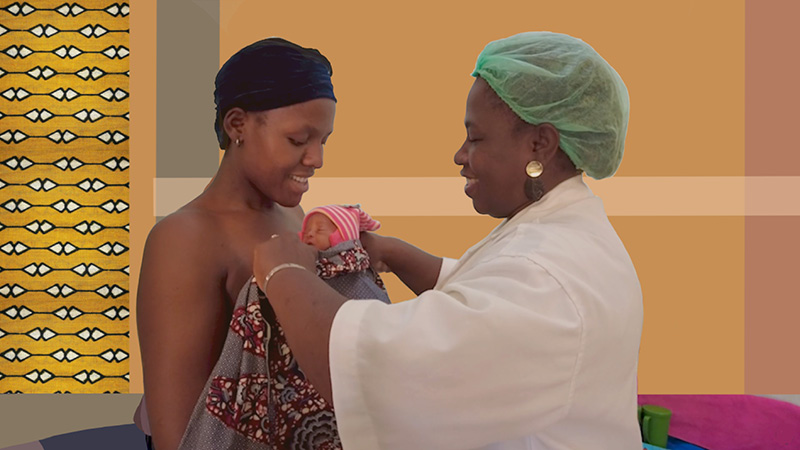
1 - Introduction to iKMC
This film introduces the practice of immediate Kangaroo Mother Care, which WHO guidelines now recommend for almost all babies, including preterm infants.

2 - History of separation and KMC
This film looks at how the introduction of incubators in NICUs led to parents and babies being separated, but how evidence for the benefits of Kangaroo Care has since grown.
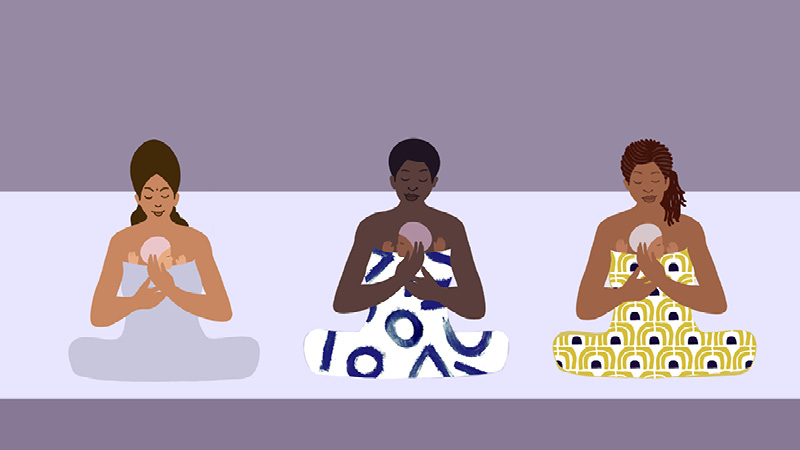
3 - The iKMC Study
WHO guidelines were changed after a landmark clinical trial showed that iKMC reduces infant mortality in NICUs. This film tells the story of the study and the research that led to it.
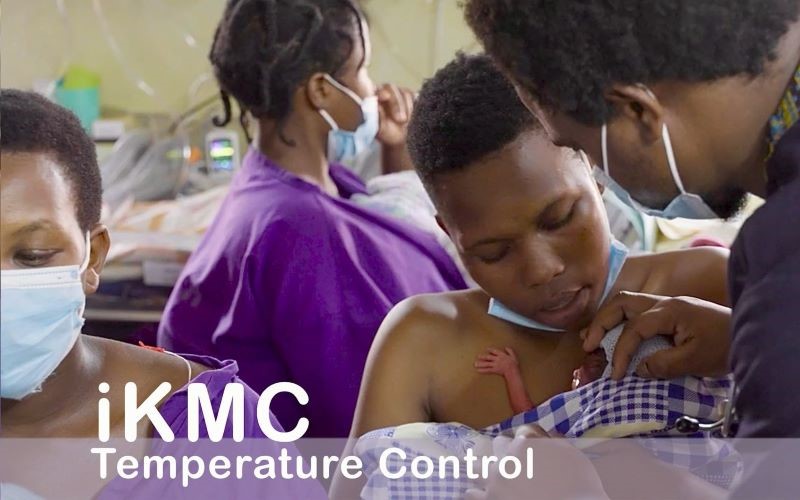
4 - Temperature Control
Incubators keep babies warm but research has shown that skin-to-skin contact is a better way to maintain a constant temperature, as this film explains.

5 - iKMC and Infection Prevention
Skin-to-skin contact is associated with a major reduction in infection rates in NICUs because it involves much less contact with health care workers, reducing infection risk.

6 - Neurological Benefits
This film explores the growing body of evidence that iKMC provides both short- and long-term neurological benefits for babies, including greater brain growth.
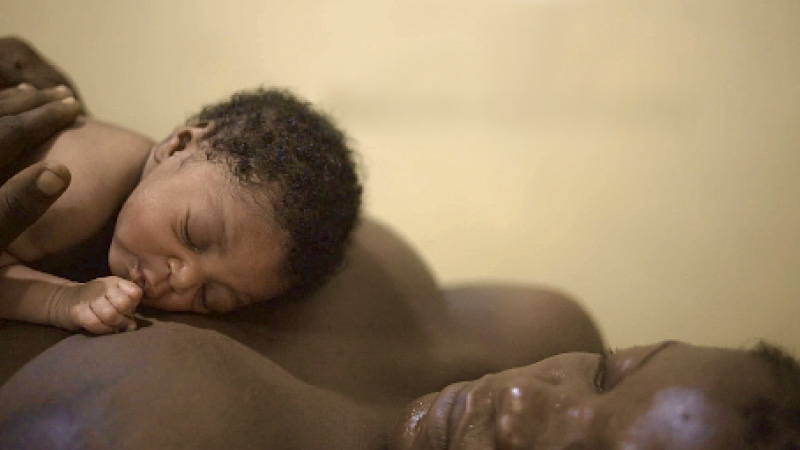
7 - Introduction to an M-NICU
WHO recommends Mother-Neonatal Intensive Care Units to keep mothers and preterm babies together This film shows how M-NICUs could work in low- and middle-income countries.

8 - Ten Years of Kangaroo Care at Mbale Hospital
This film from a Ugandan hospital shows a NICU where, despite limited resources, iKMC has been at the centre of care since 2014, leading to dramatic reductions in mortality.

9 - The Kangaroo care position and tying the baby
Very small preterm babies need to be placed and handled very carefully. This film shows how to tie a baby in Kangaroo Care, using the method adopted in the iKMC study.
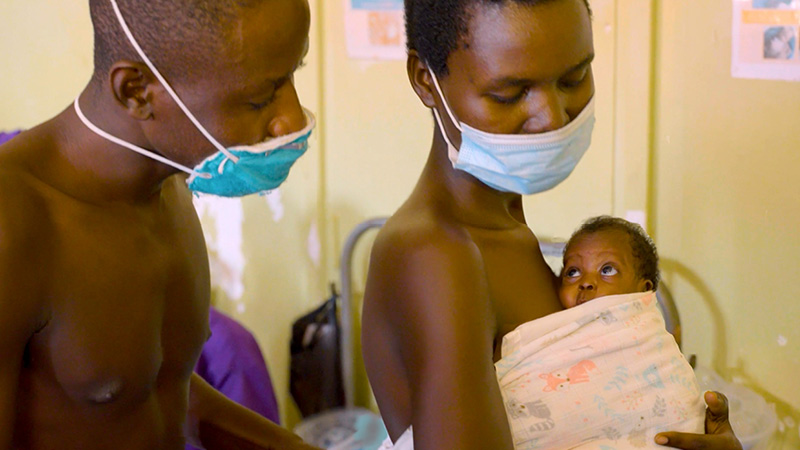
10 - Teaching parents and further methods of tying in KMC
Where NICU staff numbers are low, parents may need to learn to tie their baby in skin-to-skin contact. This film teaches parents how to do this, and gives other care guidance.
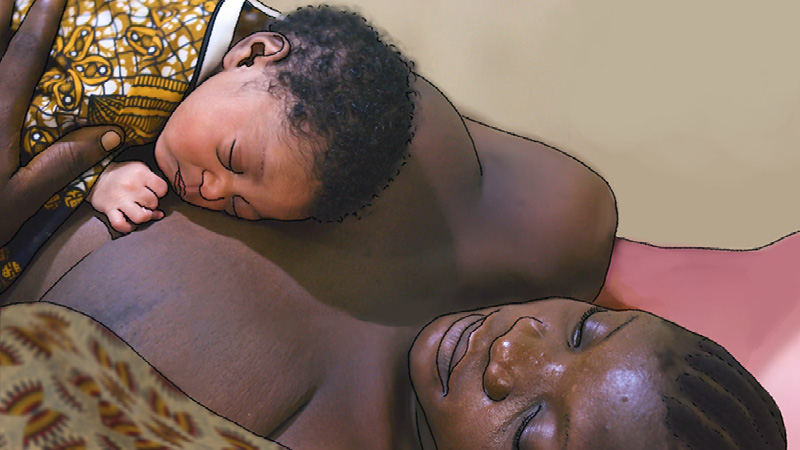
11 - Immediate KMC and transfer to the NICU
This film shows the journey of the baby from delivery suite to NICU, already in skin-to-skin contact. It shows the importance of iKMC staff training at other health facilities.
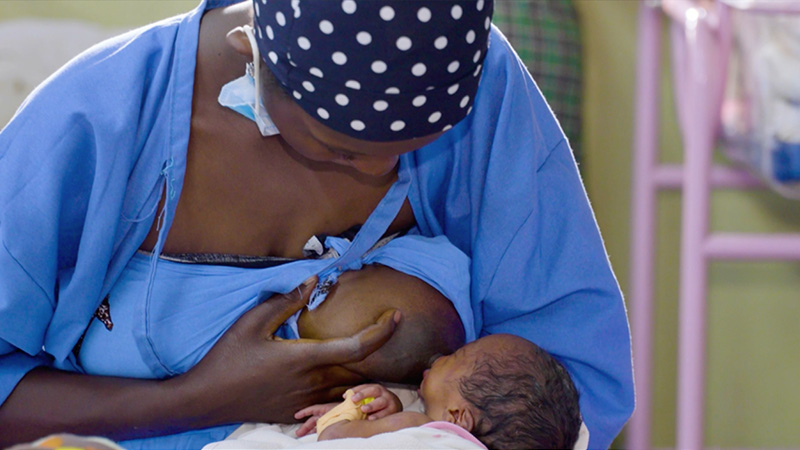
12 - Feeding the baby
Breastfeeding is an integral part of iKMC. This film shows how feeding during Kangaroo Care brings huge benefits for preterm babies, who often struggle to feed.

13 - Family Centred Care in the NICU
iKMC puts parents at the heart of caring for their newborn from the very beginning. For healthcare staff, this means learning to work with and teach skills to parents.
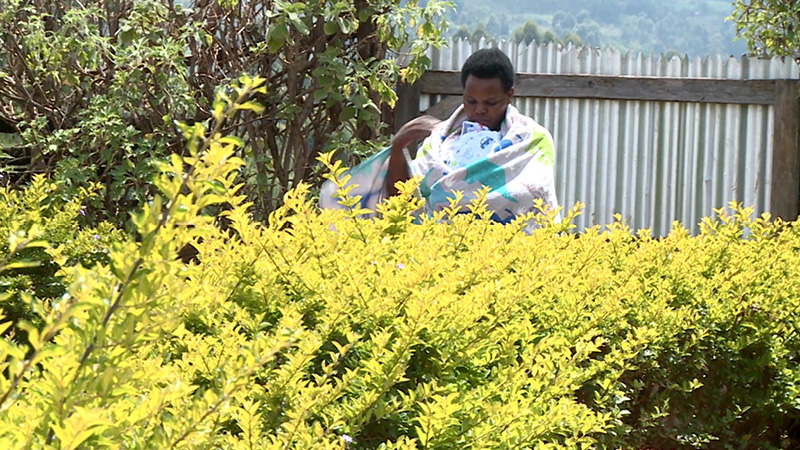
14 - Going Home
iKMC enables earlier discharge from hospital by providing a means to keep babies warm at home. This film looks at the practicalities of this – and also the benefits.
